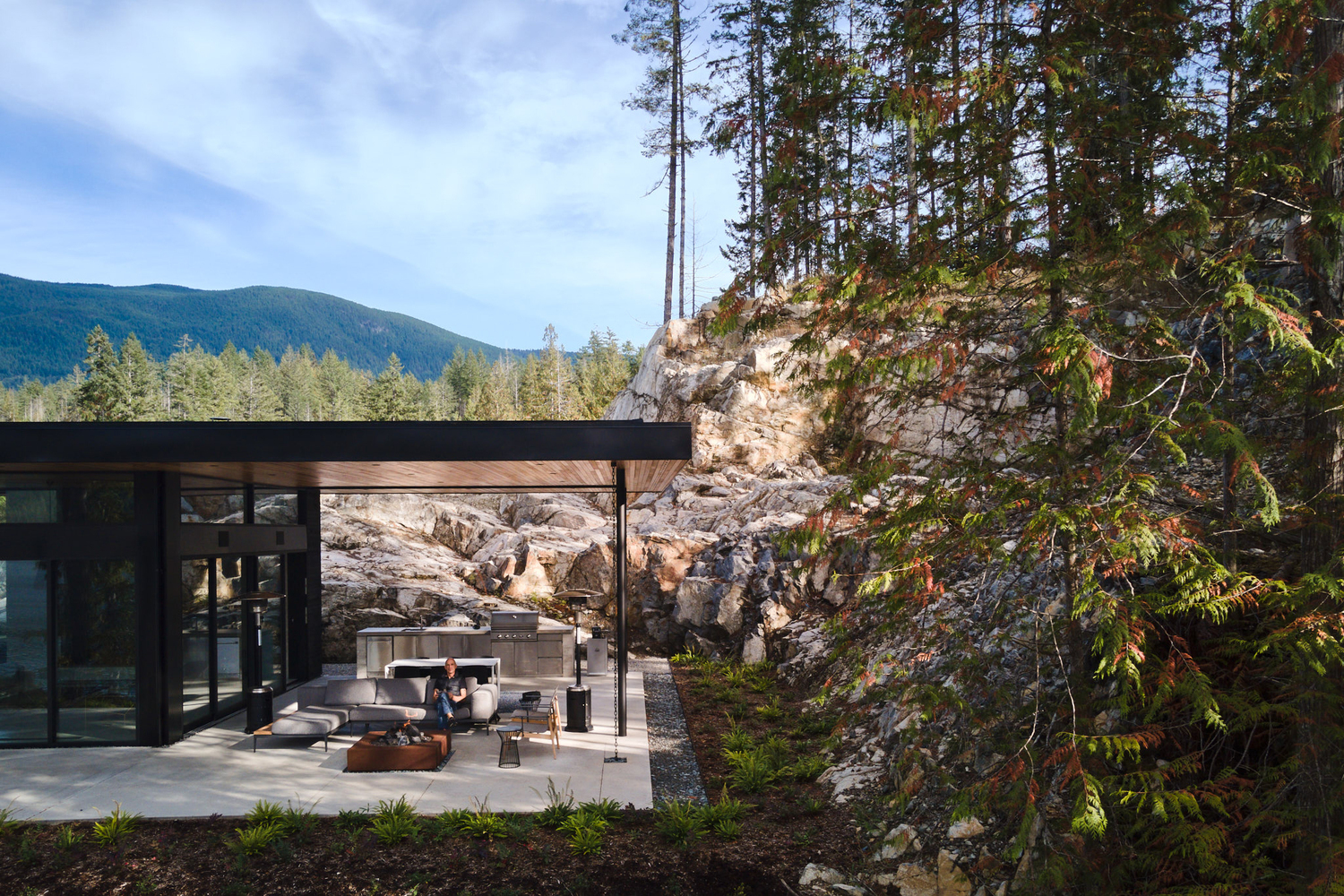Outdoor Kitchens: A Brief History and 15 Current Examples
The weather across the northern hemisphere is getting warmer, and with rising temperatures comes the urgent need for many of us to spend as much time outside as possible. While a variety of outdoor activities bring with them their own sense of accomplishment and relaxation, one in particular combines feelings of leisure, indulgence and community: outdoor cooking. But how did this tradition start? And what has it evolved into?
Our habit of cooking outside goes back as far as 2 million years — even before Homo sapiens — when humans first started to use fire to prepare meals and gather together. While many of these primal cooking stations were located in the wild, slowly but surely, our ancestors moved to more protected areas such as caves to prevent wildfires and minimize the risk of animal attacks. From these simple open-air flames, more elaborate grills discovered as early as 2300 BC were developed that provided additional cooking infrastructure. Metal cauldrons came of age in medieval times, which then developed into late 18th-century summer kitchens that prevented additional heat from building up inside the home before the advent of air-conditioning and stoves. Fast forward to present day, and contemporary kitchen outposts prove that outdoor dining architecture has evolved even more dramatically over the years.
 Picture: silentSama architetcural photography
Picture: silentSama architetcural photography
Comments :